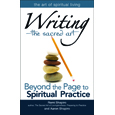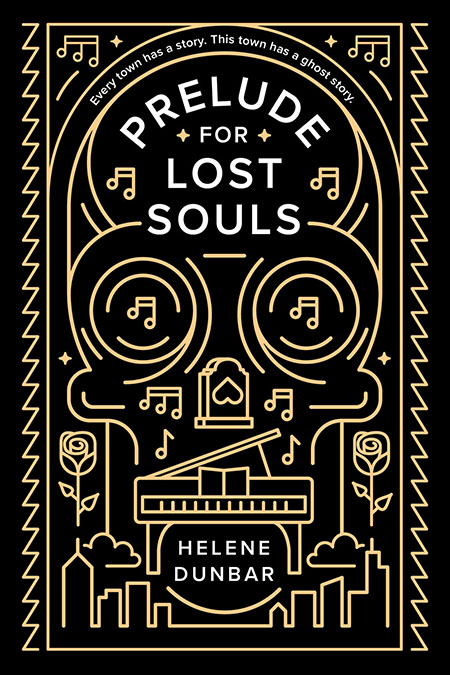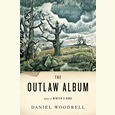Travel and Disappearance
Kiese Laymon’s novel Long Division operates at the intersection of language and time
The reissue of Kiese Laymon’s Long Division echoes a familiar Black church precept of doing your first works over. In this new iteration of his 2013 debut novel, Laymon separates the story into two books, or testaments, each centered around 14-year-old Citoyen “City” Coldson.
 In a manner that conjures up W.E.B. DuBois’ ‘double-consciousness,’ we are offered two versions of City. The first, situated in 2013, is a wave-brush-wielding YouTube sensation who is sent to spend time with his grandmother in the small town of Melahatchie, Mississippi, after a highly publicized mishap. There, he becomes obsessed by the disappearance of a young woman named Baize Shephard. Throughout all of this, he is guided, and perhaps comforted, by a book entitled Long Division, given to him just before he leaves for Melahatchie. Oddly enough, the book has no author, and the protagonist shares his first and last name. What Black boy with a weird name wouldn’t continue reading after experiencing the validation of his existence by ink and paper?
In a manner that conjures up W.E.B. DuBois’ ‘double-consciousness,’ we are offered two versions of City. The first, situated in 2013, is a wave-brush-wielding YouTube sensation who is sent to spend time with his grandmother in the small town of Melahatchie, Mississippi, after a highly publicized mishap. There, he becomes obsessed by the disappearance of a young woman named Baize Shephard. Throughout all of this, he is guided, and perhaps comforted, by a book entitled Long Division, given to him just before he leaves for Melahatchie. Oddly enough, the book has no author, and the protagonist shares his first and last name. What Black boy with a weird name wouldn’t continue reading after experiencing the validation of his existence by ink and paper?
We encounter the second version of City Coldson in 1985, when along with his love interest, Shalaya Crump, he time-travels to the past and future in an effort to change the course of events. Their time-traveling portal? A nondescript hole in the ground in a nearby forest.
The language of the book is lyrical, making strong use of alliteration and imagery: “dresses dipping and diving like new florescent kites.” Laymon, a professor of English and creative writing at the University of Mississippi, also employs a fair amount of repetition, lending a hazy, dreamlike quality to the overall work. Phrases like “blue-black patent leather Adidas” and “all things considered” quickly become familiar. But the book also possesses a youthful forthrightness. The personal tone of the narrator in each of the two parts creates a necessary trust and intimacy.
Language also plays a large role in marking time travelers. For instance, 1985 City arrives to Melahatchie in 2013 but expresses confusion at being addressed as “mayne.” Time travelers also use linguistic cues to identify each other: City knows that a certain traveler is legitimate because he uses the term ‘Colored’ in 1985.
 The title of the book emerges from a discussion of language, when Shalaya asks City why he has to be so “long division,” implying that his tendency to be indirect is cumbersome. Yet, as they later discover, there are times when one has no choice but to communicate in this fashion — that is, to show one’s work in order to justify a conclusion. The title is also reflected in the great divisions of time between each destination. Melahatchie in 1964 (the same year the now-famous Freedom Schools arrived in Mississippi) is divided from 1985 and 2013 by years, but the same racial, gender, and class challenges present themselves.
The title of the book emerges from a discussion of language, when Shalaya asks City why he has to be so “long division,” implying that his tendency to be indirect is cumbersome. Yet, as they later discover, there are times when one has no choice but to communicate in this fashion — that is, to show one’s work in order to justify a conclusion. The title is also reflected in the great divisions of time between each destination. Melahatchie in 1964 (the same year the now-famous Freedom Schools arrived in Mississippi) is divided from 1985 and 2013 by years, but the same racial, gender, and class challenges present themselves.
Another of the book’s central themes is disappearance. As the novel progresses, we discover that not only has Baize Shephard disappeared, but relatives of both City and Shalaya have also vanished. If, as one of the protagonists suggests, people make people disappear, whose responsibility is it to disinter these hidden figures? This also seems to speak to larger challenges surrounding the writing of history and storytelling.
Long Division presents a quandary relevant to our time. It puts forth the open-ended question: To what length would you go to save your family and yourself, even if it meant the destruction of another?
Those Black millennials who seek to migrate southward, to travel through time, to repopulate the cities where their ancestors toiled, will find this book to be a beacon of hope. Others still, who seek to reckon with the past, and acknowledge its implications for the present and future, will appreciate the honest probing found in these pages.
[This article originally appeared on June 2, 2021.]

Kashif Andrew Graham is a writer and theological librarian. He enjoys writing poetry on his collection of vintage typewriters. He is currently at work on a novel about an interracial gay couple living in East Tennessee.


